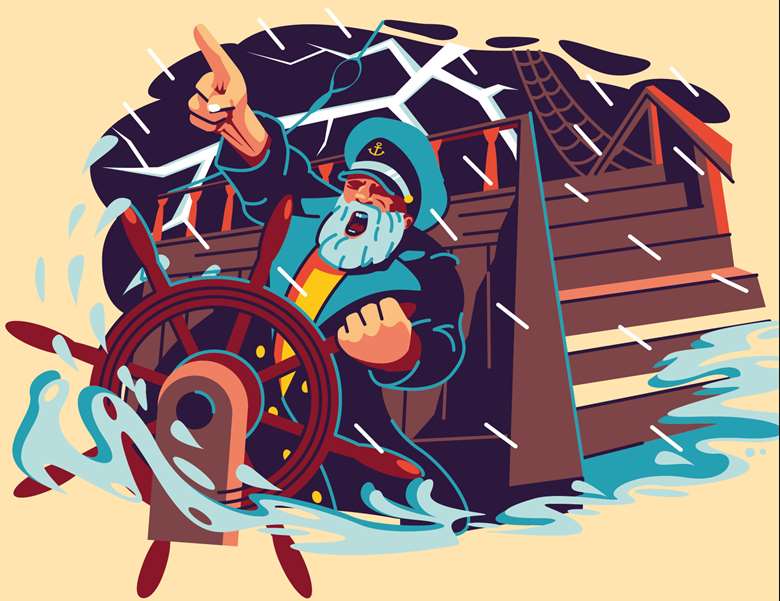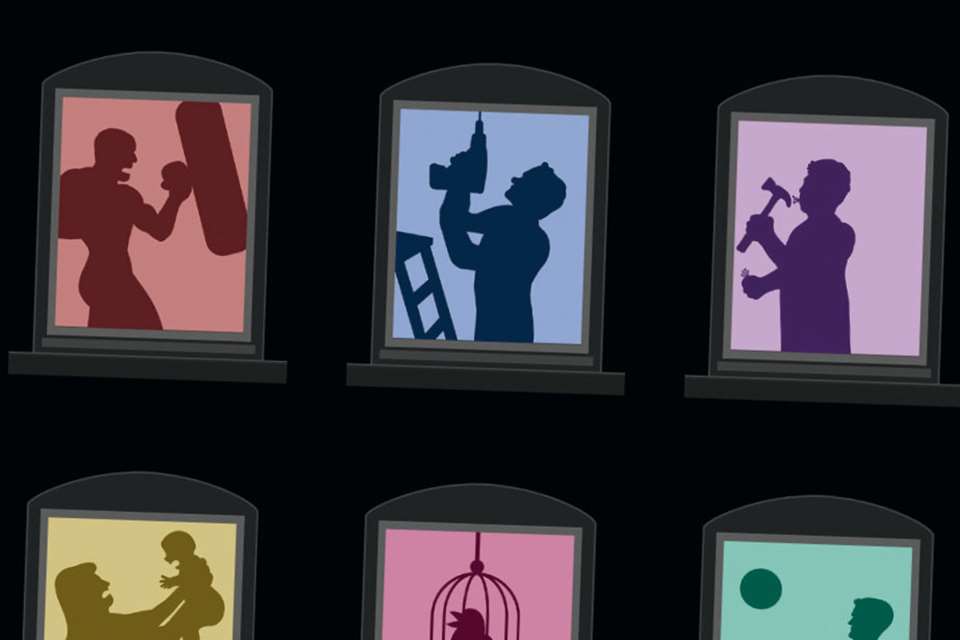One-off workshop: Shipwrecked
Karen Hart
Tuesday, February 1, 2022
Karen Hart establishes a workshop plan, suitable for all key stages.

Adobe Stock/ Kit8 D.O.O
I have used this workshop many times and have always found it gives good results. It can be used when working on a range of storylines involving shipwrecks such as The Tempest or Twelfth Night, or as a stand-alone workshop.
Introduction
Ask students which films or plays they have seen on the theme of being washed up on a desert island – there might be options such as Cast Away, Robinson Crusoe or Lord of the Flies. Talk briefly about the idea of finding yourself alone on a desert island. How do students think they would feel? What would they do first? Would it be to look for food and water? Make a shelter? Try to start a fire to alert a passing plane? Or call out to any other possible survivors?
Improvisation
Ask students to lie on the floor, imagining they have just been washed ashore. As they open their eyes, dazed from the shipwreck they have just experienced, what do they do and how do they react? Ask students, working alone, to improvise a short scene showing the actions and emotions they feel at finding themselves in this situation.
Building a soundscape
To provide context, it can be a good idea to read a short passage as way of introduction to the soundscape activity. One example could be the passage below.
‘Boatswain!’ the captain screamed. ‘Boatswain! Take in the topsail before we crash on the rocks! Hurry man!'. 'We'll steer her starboard captain!’ The boatswain replied, as sailors all around, soaked to the bone with freezing salty water, scrambled up the rigging. The boatswain held onto the ship's wheel with all his might, desperately trying to steer the ship to safety. ‘There's nothing we can do!’ A sailor called from the rigging. ‘We shall all die, may God have mercy on our souls! ’A few minutes later, there was a sickening crunch as the rocks ripped into the boat's hull. The ship lurched to its side, before slowly beginning to sink into the sea. Complete panic broke out. Men were thrown overboard as some, who had come to terms with their fate, bid each other farewell, while others dived overboard, hoping to make it to shore. ‘Steady the ship!’
Next, with students thinking about the passage, ask everyone to imagine they are actors working on a production that includes the scene above, and who have been asked to call out an appropriate word or passage during the scene. Thinking as imaginatively as they can, ask students to write their chosen words on a small piece of paper. If students are stuck, they can refer to the passage for some ideas. Some examples here could be:
- ‘Save our souls!’
- ‘Man overboard’
- ‘We can't hold her, captain!’
Then, ask students to think about creating the sounds of the storm itself, thinking about the whistling wind, the hissing of the sea hitting the rocks, and so on.
Next, with students in a circle, give each student a number, asking all the even numbers to create the sounds of those on the ship, and all the odd numbers to create the sounds of the storm. Start very quietly with just the sounds of the storm, before bringing in the sounds of the crew, which can be called out in turn around the circle. Bring the soundscape to a crescendo before gradually bringing it back down to silence again. Encourage students to make the most of their contribution to the soundscape, the idea being to bring as much atmosphere to the activity as possible.
Go on to repeat the activity a second time, with odd and even numbered students swapping roles, so everyone has a turn at making both the sound of the crew and the storm. If possible, record the finished soundscape so students can listen to the finished result at a later date, maybe using it as a backdrop for further work on the shipwrecked theme. Although the idea of this activity is really about using voice to create atmosphere, younger age groups can incorporate simple musical instruments such as rainmakers and small drums. You can also create a good building storm effect by clapping hands on legs, gradually building to a crescendo.
Complete a short scene
Finish the workshop by putting the soundscape and improvisations together. Start by reading your ‘shipwrecked’ passage, leading directly into the soundscape as before, but as the sounds die down and at your signal, everyone falls to their knees and pretends to crawl, exhausted to land, where they lay for a few moments before opening their eyes and slowly standing, taking stock of the situation, exploring the island, and starting to look for other survivors, or building a fire.
End of workshop discussion
Bring everyone together to talk about the work carried out during this workshop – what they liked best/least, and can students think of other dramatic situations where soundscapes might prove effective? Some ideas could be a noisy pub or club, a workplace Christmas party, or a building site.










